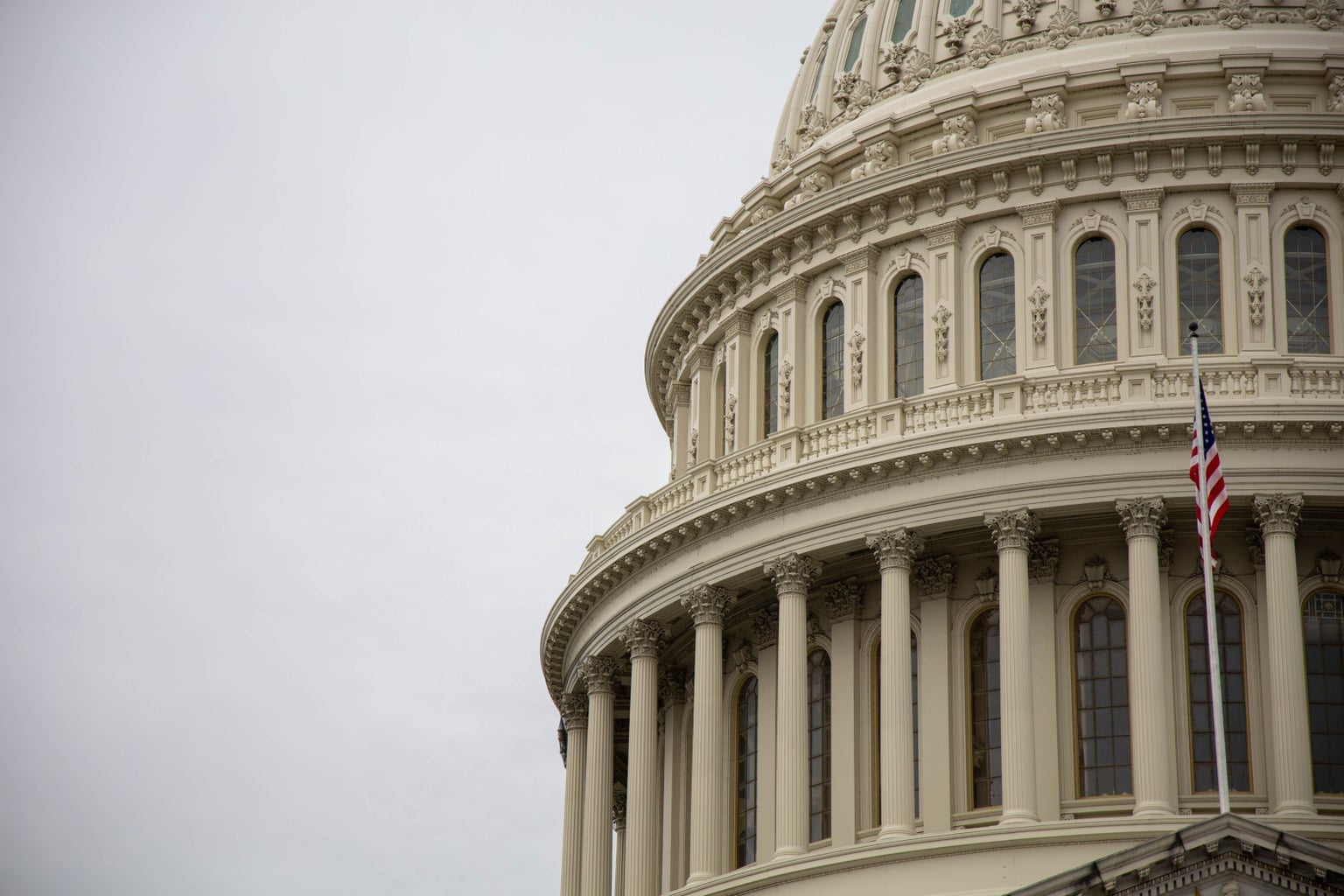University of Connecticut students and faculty took to the Connecticut state capitol on Wednesday, February 15th to protest Governor Lamont’s new fiscal plan. Here’s what went down.
Why did it happen?
The immediate reason for a protest begins with one thing: a need for justice. For hundreds of UConn students this past Wednesday, that is exactly what they were pursuing. The protest was led in part by the UConn Storrs Undergraduate Student Government (USG), in partnership with UConn’s other campuses — namely Avery Point, Stamford, and Hartford. Students took to the state’s capitol by buses provided by USG to protest Governor Ned Lamont’s two-year budget plan, and planted themselves on the lawn equipped with signs brandishing statements such as “invest in higher public education,” and “we want education not a life in debt.” These pleas for an increase in funding are in response to a $160 million shortfall UConn will experience in the upcoming fiscal year.
What is Lamont’s Proposed Budget plan?
You might be confused as to what numbers we’re talking about that warrant a protest in the first place. So let’s break down the new proposed budget plan. Lamont’s plan for the state of Connecticut overall involves cutting income tax down for middle-class families from 3% to 2%, and 5% to 4.5% — saving families $436 million annually. This implies that middle-class couples would save around $600 per year when filing taxes.
However, the effect on higher education is less advantageous. Though the fiscal plan increases the amount intended to support universities, the aid itself shrinks within the next two years. Basically, he’s outlining that the state can give UConn a higher amount, but is not actually doing so. UConn received more money within the past two years due to something called “emergency federal aid,” allowing an intake of almost $1.1 billion. These were due to factors such as COVID, the implementation of new methods of teaching, and instating COVID housing on campus for positive-testing students. However, the federal aid rollout was never a permanent setup, so the new fiscal plan’s goal is to ease off of it by 2025. This is why likely outcomes are predicted to be a $3,000 spike in tuition — for in-state and out-of-state students alike, and less funding for underrepresented organizations and clubs.
so how does this affect me?
You as a student are probably involved in a number of different organizations on campus, and these organizations rely on seed money from the university to run their programs. Programs like the Women’s Center, along with LGBTQ+ resources especially rely on funding, as underrepresented groups use funds to raise awareness about issues on campus and around the world. With a cut in funding, we’d see these clubs impacted in their ability to host events, plan outreach programs, and enact change on campus. Student life as a whole would sit on the rocks. Additionally, a growing number of students are worried about whether they can even afford the new budget plan, as $3,000 is not a feasible number for all.
What’s next?
The course of these events leaves a lot of questions in the air. Will the tuition increase stick? Will USG organize another form of student protest? And what is Lamont’s plan in confronting the ongoing conversation? Only time will tell.




